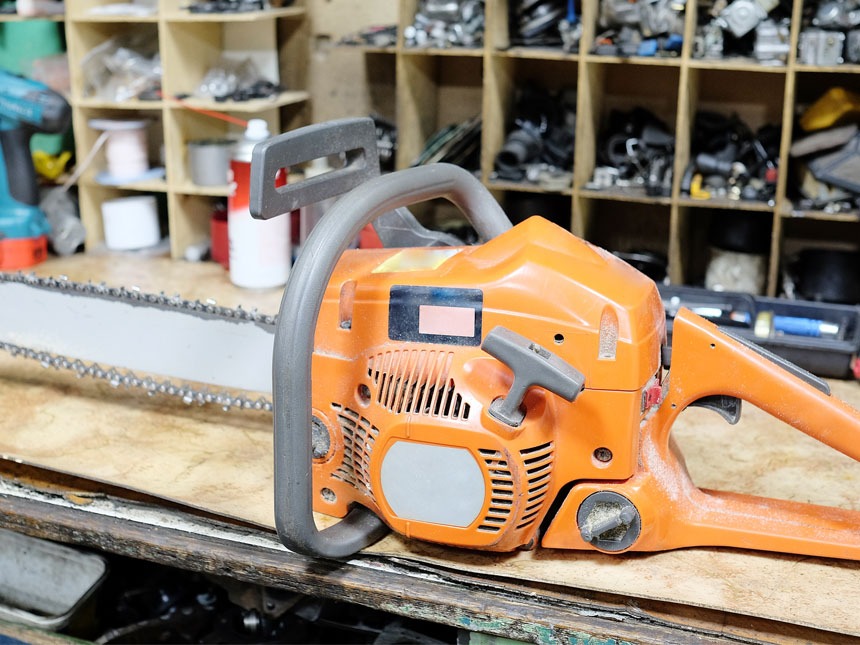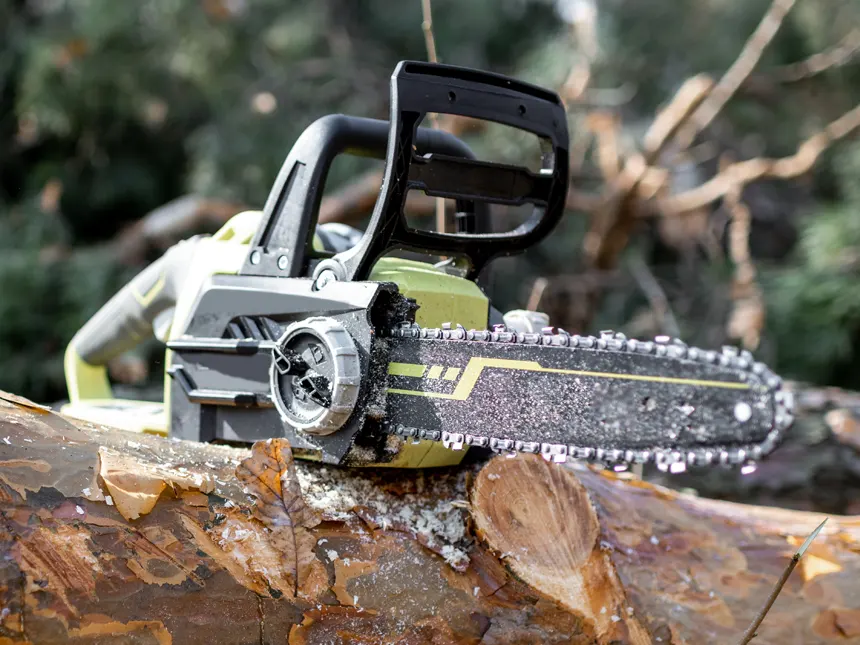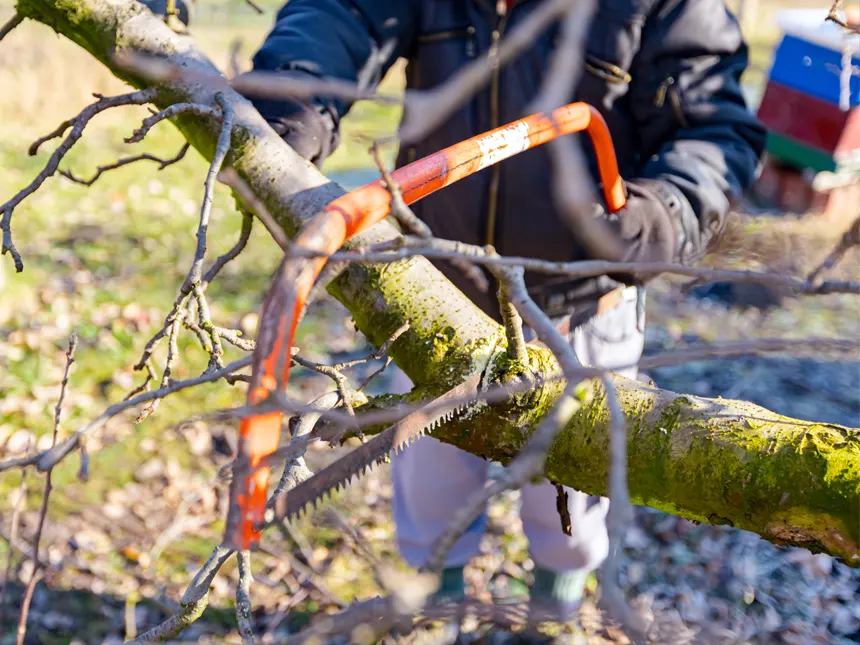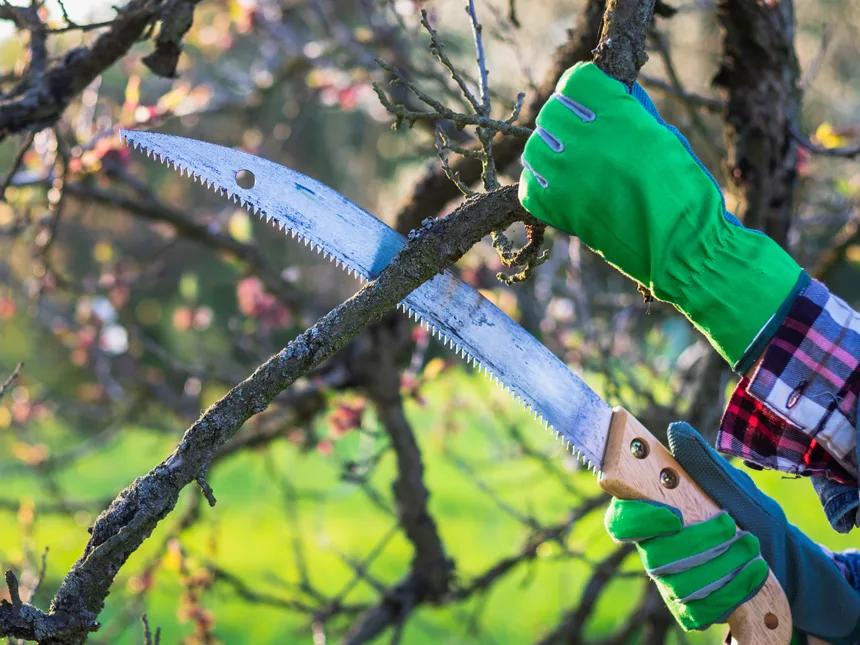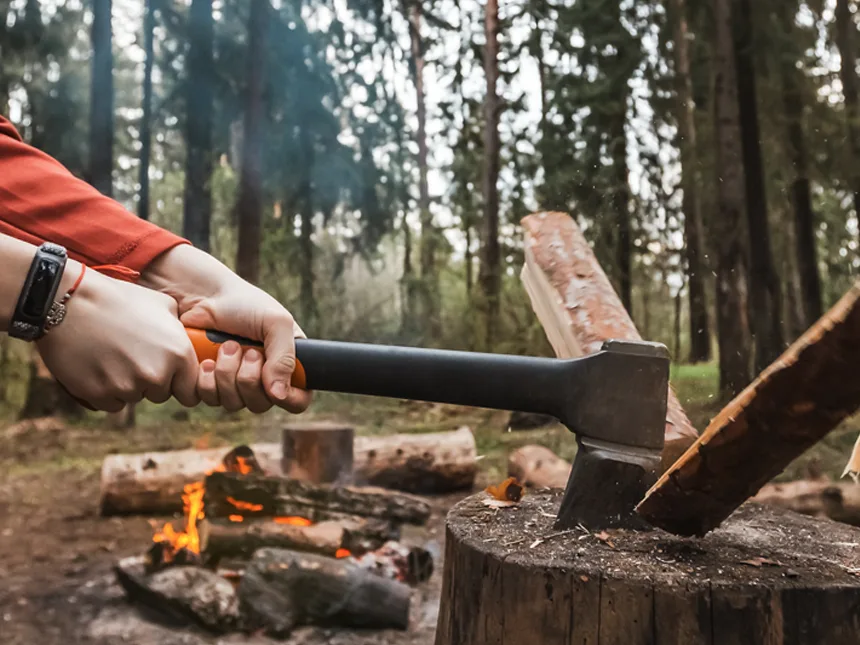What Is A Pulaski Axe?
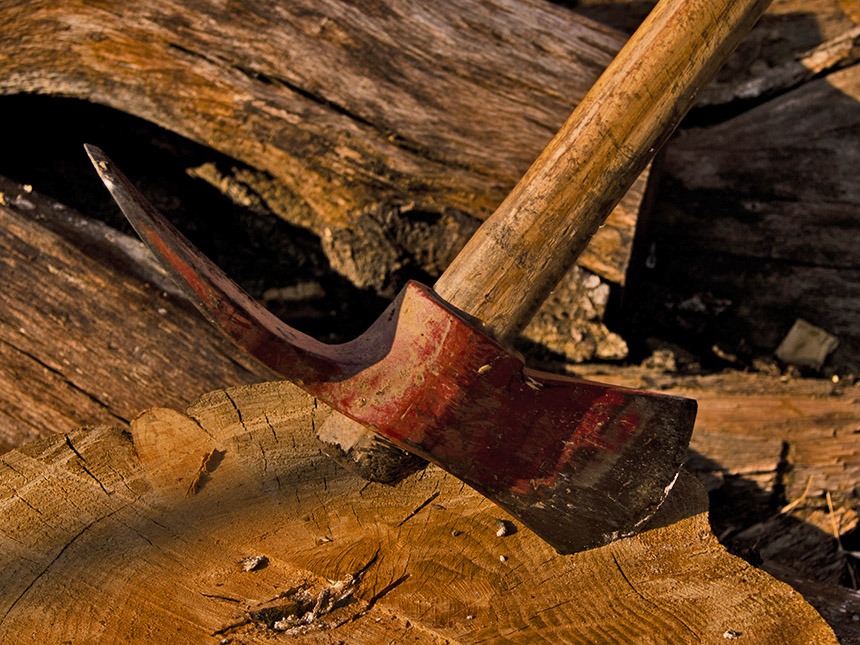
Timber Gadgets is reader-supported. We may earn a commission if you buy through the links on our site.
Pulaski axes are one of the most commonly used types of axes. But in an interesting twist, they are less known by the general populace.
A Pulaski axe is a tool that combines the sharp, cutting edge of a traditional axe and the curved, hoe-like blade of a mattock. It’s useful for a wide variety of uses, from creating firebreaks to chopping firewood. Traditionally used for fighting wildfires, it has since expanded into commercial markets.
The Pulaski axe was designed with combating wildfires in mind, but its design also lends itself to many other activities. Because of this, it’s remained popular and a core part of firefighting.
Keep reading to learn more about Pulaski axes, their uses, pros and cons of these axes, and the rich history behind this axe’s invention.
All About Pulaski Axes
Pulaski axes are a combination of traditional axes and adzes. One side of the axe head features the sharp cutting edge of an axe, while the other side of the head has a curved mattock blade. The cutting edge is parallel to the handle and the mattock blade is perpendicular, similar to that of a hoe.
The axe head is typically made of steel, while the shaft is usually wooden with a reinforced steel core. This helps balance the axe and evenly distribute weight, so that it doesn’t feel top-heavy.
More modern versions of the Pulaski feature shafts made of plastic or fiberglass. These materials can further reduce the axe’s overall weight.
Also known as a cutter mattock, you’ll be able to tell a Pulaski axe from other axe types by its distinct head shape. Pulaski axes will always feature these two specific edges.
An axe with two cutting edges is a double-bit axe, while an axe with just a mattock blade is an adze; either way, it’s not a Pulaski.
This design makes the axe easy to carry and lighter than traditional or other double-bit axes. It also maximizes its versatility by combining the uses of an axe and an adze.
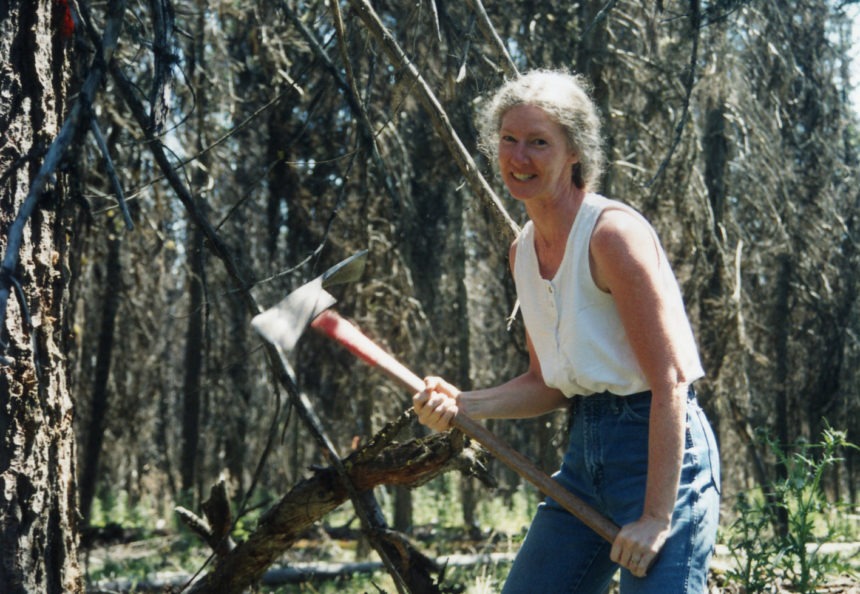
The Pulaski axe is still primarily used to fight wildfires, but there are several other common uses for it, as well.
The sharp edge is useful for:
- Chopping wood and branches
- Cutting through roots
- Clearing ground and brush
- Cutting back foliage
- Splitting pieces of firewood
The weighted head makes it ideal for a wide variety of woodworking projects, from felling trees to cutting branches. Pulaski axes are best suited to short, quick chops.
On the other edge, the mattock blade is best suited for:
- Digging ditches or holes
- Prying branches
- Acting as a lever
- Breaking up soil or sod
- Carving or smoothing wood
Mattocks have been used since the Bronze Age and have continued to effectively serve a variety of purposes through history into the present day.
These heavy-duty tools are commonly used for firefighting, forestry, landscaping, camping, and more.
Looking to purchase a Pulaski Axe? Check out this post on the Top 3 Pulaski Axes.
Pros And Cons
These types of axes have both pros and cons. Some of the benefits include:
- Multi-Purpose – As discussed, the Pulaski axe has a wide variety of uses, both for fighting fires and simply working in your backyard.
- Efficient – Because this axe combines two tools, it’s more efficient and effective than an axe or adze alone.
- Reliable – As demonstrated by its continued use, the Pulaski is a reliable, go-to tool for many situations.
Repeated feedback and an updated design has created the most successful version of the Pulaski axe to date.
However, it’s also important to be aware of the drawbacks:
- Effort – Though its design means the weight is evenly distributed, the Pulaski axe can still be tiring to use.
- Usability – Short and quick movements are the best way to use this axe; raising it over your head or using a long swing just increases effort and reduces effectiveness.
- Application – The Pulaski’s wide variety of uses is also a con; though it can be widely applied, it’s not geared toward specific work such as fine woodworking.
The Pulaski axe is most effective when users understand what it can and can’t do.
In addition to this, it’s also best to observe safety best practices. Cover the blades when the axe is not in use. When carrying the axe by hand, hold it with the blade pointing toward the ground. If carrying the axe longer distances, make sure it’s tightly secured to your person or a backpack, case, etc.
And though this axe is streamlined and designed to be comparatively lightweight, most still weigh at least 5 Ibs. Because of this, the Pulaski is not recommended to be used by children or people with mobility limitations.
History Of The Pulaski Axe
This axe was originally named after Ed Pulaski. He was a volunteer firefighter and an assistant park ranger for the U.S. Forest Service.
He realized that more effective tools were needed to fight wildfires, but was instilled with a sense of urgency after the Great Fire of 1910.
Also known as the Big Blowup or the Devil’s Broom Fire, this wildfire burned through three million acres across Idaho and Montana in just two days. It killed 87 people, 78 of whom were firefighters, and is the largest wildfire in U.S. history.
Pulaski and his crew were one of many caught in the Great Fire. He managed to save the majority of his 45-man crew, but five died.
One year later in 1911, a working model of the Pulaski axe was created. It was based on the dolabra, a versatile axe used in ancient Italy, and more recent axe models used by the Collins Tool Company in the late 1870s for planting trees in the Alps.
Pulaski’s model was specifically designed for fighting wildfires. It easily constructs firebreaks, chops wood, and scraps bark, among other uses.
The Forest Service began contracting this axe for commercial use in 1920, and in the 1930s it became a national standard.
It is still used today for a variety of purposes by both firefighters and homeowners alike.

